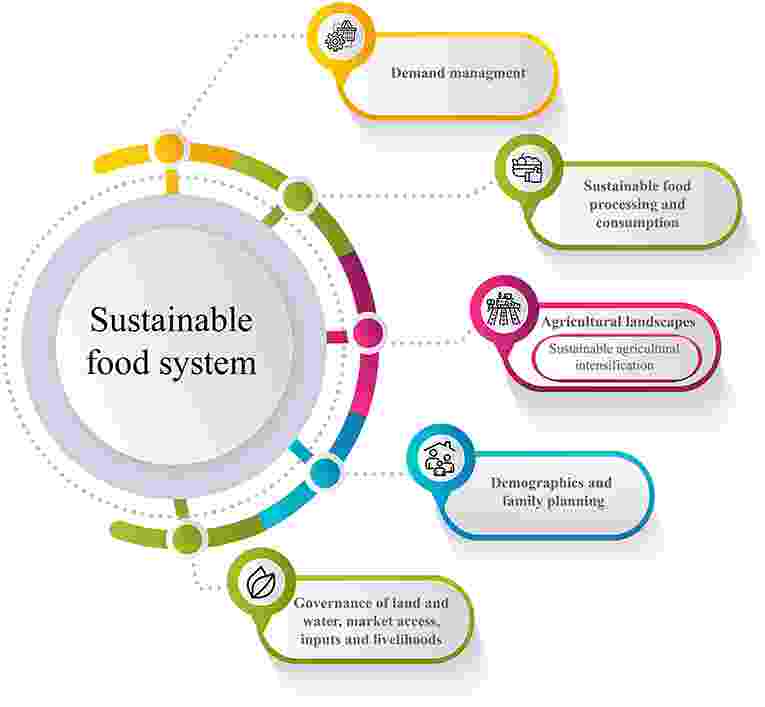Gap analysis and methodological framework
To assess and develop water centric sustainable agricultural intensification pathways in Sub-Saharan Africa
20 October 2022


Authors: Amare Haileslassie, Wolde Mekuria, Stefan Uhlenbrook, Eva Ludi, Petra Schmitter
The sustainable agricultural intensification (SAI) debate, partly rooted in discussions over the Green Revolution, was developed in the 1990s in the context of smallholder agriculture in Africa. In many Sub-Saharan African (SSA) countries, production is still largely rainfed, with the prevalence of significant yield gaps and rapid environmental degradation. Projections indicate that climate and demographic changes will further intensify the competition for freshwater resources. Currently, SAI is centered around predominantly rain-fed agricultural systems, often at a farm and plot scales. There has been increased attention to the improved role of agricultural water management (AWM) to address the daunting challenges of climate change, land degradation and food and nutritional insecurity in SSA. Nonetheless, the supporting frameworks and tools remain limited and do not connect the sustainability assessment and the development of intensification pathways (SIP) along multiple scales of the rainfed irrigation continuum. This paper reviews the gaps in concepts and practices of SAI and suggests a methodological framework to design context-specific and water-centered SIP for the SSA region. Accordingly, the proposed methodological framework demonstrates: (a) how to couple sustainability assessment methods to participatory SIPs design and adaptive management approach; (b) how contextualized sustainability domains and indicators can help in AWM centered SIP development; (c) the approaches to handle multiple scales and water-related indicators, the heterogeneity of biophysical and social settings when tailoring technology options to local contexts; and (d) the principles which enable the SIP designs to enable synergies and complementarities of SAI measures to reinforce the rainfed-irrigation continuum. This methodological framework allows researchers to integrate the sustainability assessment and SIP design, and guides policymakers and practitioners in planning, implementing and monitoring SAI initiatives (e.g., Framework for Irrigation Development and Agricultural Water Management in Africa) across multiple scales.



